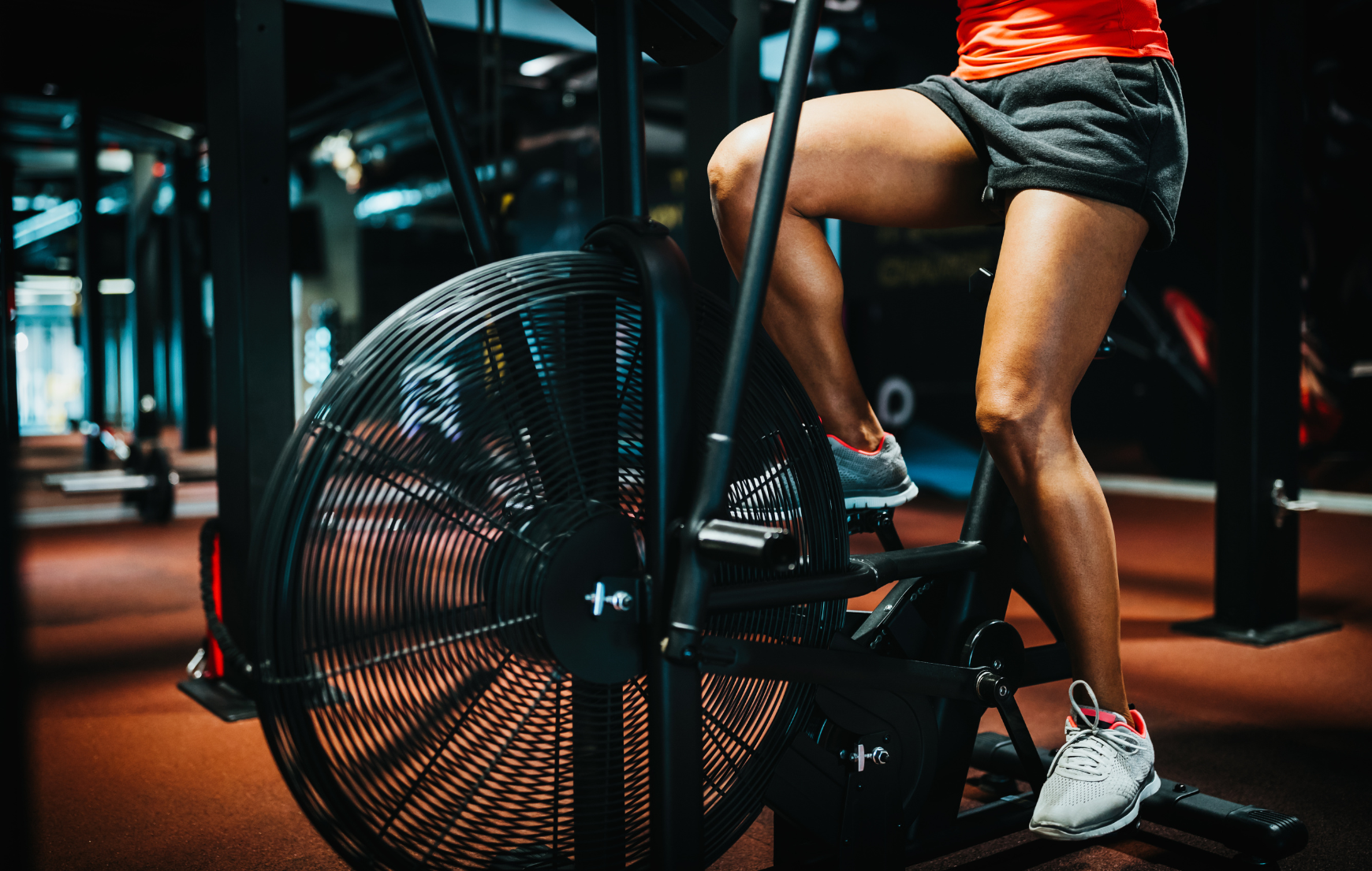When it comes to exercise bikes, you’ve probably heard terms like “speed,” “distance,” and “resistance” thrown around. But there’s another metric that often goes unnoticed: wattage.
Understanding wattage can be a game-changer for anyone who uses an exercise bike, whether you’re a beginner or a seasoned cyclist.
This article aims to demystify what wattage means and how it can significantly impact your workout.
What is Wattage?
Wattage is a unit of power that measures the rate of energy conversion or transfer. In the context of an exercise bike, wattage quantifies the amount of energy you’re using to pedal.
Unlike speed, which simply tells you how fast you’re going, or distance, which tells you how far you’ve traveled, wattage provides a direct measure of your effort.
Calculating wattage on an exercise bike usually involves a combination of your pedaling speed and the resistance level you’ve set on the bike. It’s a more complex metric but offers a more comprehensive view of your workout intensity.
Why Wattage Matters in Exercise Bikes
Wattage is crucial for several reasons.
First, it gives you an accurate measure of your workout intensity. While you can gauge your effort by speed or even by how much you’re sweating, wattage offers a quantifiable metric that can be tracked and improved over time.
Second, understanding wattage can help you set and achieve specific fitness goals. Whether you’re looking to lose weight, improve your cardiovascular health, or build endurance, knowing your wattage can help you tailor your workouts more effectively.

The Relationship Between Wattage and Calorie Burn
When it comes to optimizing your workouts for maximum calorie burn, understanding the relationship between wattage and calorie expenditure is crucial. Wattage, as a measure of power, directly correlates with the amount of energy you expend during your workout.
The more energy you expend, the more calories you burn—it’s as simple as that. But how exactly does this relationship work, and how can you use it to your advantage?
The Formula for Calorie Expenditure
The formula that relates wattage to calorie burn is relatively straightforward.
One watt is equivalent to one joule per second, and approximately 4.18 joules equal one calorie.
Therefore, if you know your average wattage during a workout, you can calculate the approximate number of calories burned. The formula is:
Calories Burned=(Average Wattage×Time in seconds)/4.18
Higher Wattage Equals More Calories Burned
The higher the wattage you maintain during your workout, the more calories you’ll burn. This is because a higher wattage means you’re exerting more energy.
For instance, if you maintain an average wattage of 200W during a 30-minute workout, you’ll burn more calories than if you were cycling at an average of 100W for the same amount of time.

Examples to Illustrate the Concept
Let’s say you cycle at an average of 150W for 30 minutes. Using the formula, the calories burned would be:
Calories Burned=(150W×1800 seconds)/4.18=645 calories
Now, if you increase your average wattage to 200W for the same 30 minutes, the calories burned would be:
Calories Burned=(200W×1800 seconds)/4.18=860 calories
As you can see, a mere 50W increase in your average wattage can result in a significant increase in calories burned.
In summary, understanding the relationship between wattage and calorie burn can be a game-changer for your fitness routine.
By focusing on increasing your average wattage, you can optimize your workouts for maximum calorie burn, helping you achieve your fitness goals more efficiently.
RELATED: The Science Behind CrossFit Workouts: How They Maximize Muscle Gain and Fat Loss
How to Use Wattage to Optimize Your Workout
Knowing your wattage can significantly improve your exercise routine. Here are some tips:
- For Weight Loss: Aim for higher wattage levels to burn more calories.
- For Endurance: Opt for a moderate wattage level that you can maintain over a longer period.
- Monitor Your Progress: Keep an eye on your wattage throughout your workout to ensure you’re staying within your target range.
- Gradual Increase: As you get fitter, aim to increase your average wattage over time.

Common Misconceptions About Wattage
There are several myths surrounding wattage. One common misconception is that higher wattage always means a better workout.
While it’s true that higher wattage often equates to higher intensity, it’s not the only metric you should consider. Balance is key, and it’s essential to align your wattage with your overall fitness goals.
Conclusion
Understanding wattage in exercise bikes can offer a more nuanced view of your workout intensity and help you achieve your fitness goals more effectively.
So the next time you hop on an exercise bike, don’t just look at the speed or distance—pay attention to the wattage to get the most out of your workout.
READ NEXT
CrossFit and Metabolism: A Scientific Perspective
CrossFit or Bodybuilding: Which Builds More Muscle?
References
- Study on the Relationship Between Wattage and Caloric Expenditure
- This study explores how wattage directly correlates with the number of calories burned during a workout, providing scientific backing for the importance of monitoring wattage.
- Article on the Importance of Power Metrics in Cycling
- This article delves into the various power metrics, including wattage, that cyclists should be aware of for effective training.

You must be logged in to post a comment.